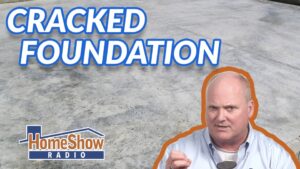Ragged brown spots are growing in lawns across Houston. The culprit: sod webworms. They live just above the soil in the thatch of your lawn, spinning a light webbing and feeding on the underside of leaves. The more they eat, the larger the damage. The sooner you act, the less damage you’ll have to repair.
Know sod webworms when you see them
Sod webworms feed at night. When the sun’s up, they burrow in the thatch or soil. An adult sod webworm is about an inch long. Ultimately they become small white-brown months up to three-quarters of an inch long with pale yellow or brown markings on their wings. When disturbed, they fly in zig-zag patterns for short distances.
Three steps for eradicating sod webworms
Getting rid of these pests will take time. It’s best to attack them in every stage of their life. That means treating your lawn, your thatch and your bushes.
- Start with your lawn itself. Mary Cummings at RCW Nurseries recommends putting down a dry granular insecticide, broadcast across your entire lawn.
- Then, at sunset, as sod webworms become active, take step two: spray your yard with an organic biological insecticide such as Liquid BT or Caterpillar Killer. This spray becomes active in their digestive tract as they come through the thatch.
- A day or two later, take step three: spray bushes with a broad spectrum insecticide to knock down the moths which would otherwise lay eggs.
You’re not done till they’re dead
Repeat steps two and three in a couple weeks. Keep an eye out for more moths. Since the sod webworm lifecycle six about 50 days, it’s possible you may have to repeat these three steps across two to three months.
“Without a hard freeze, sod webworms will be an even bigger problem in the spring,” adds Mary. The key is to take quick action when you first spot the problem. Tom recommends following Mary’s three steps until the sod webworms are eradicated from your yard.



